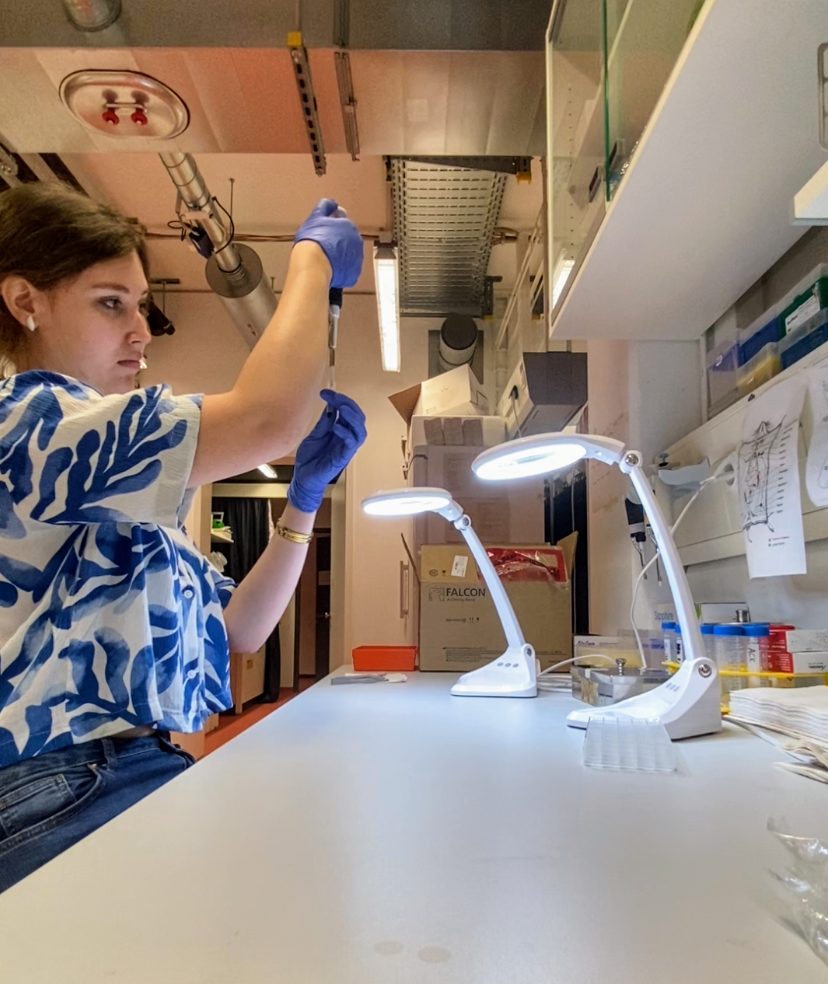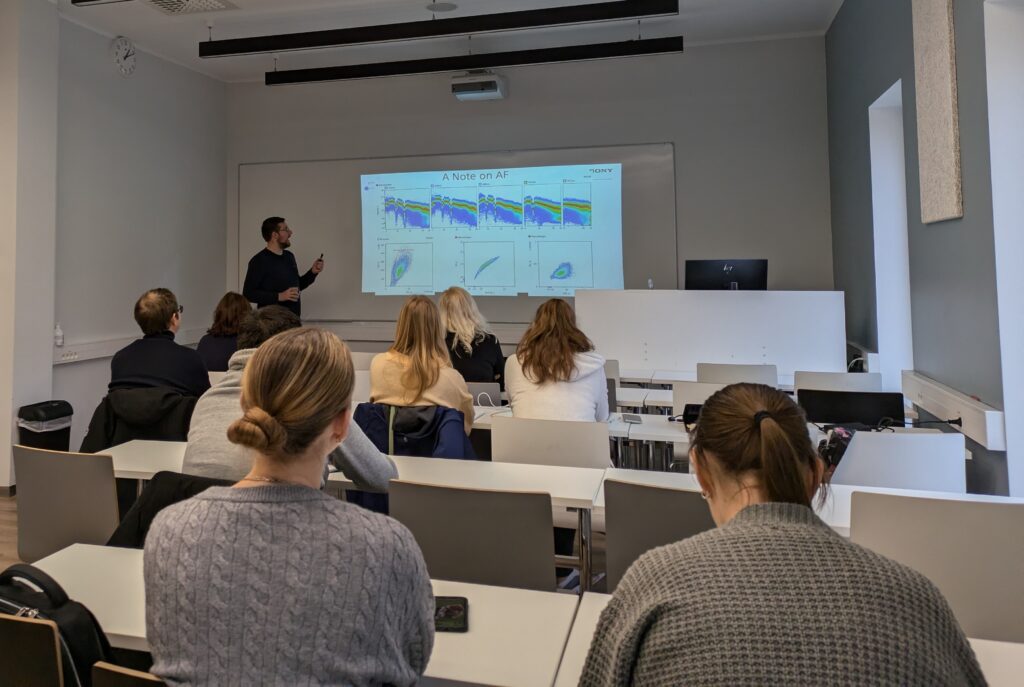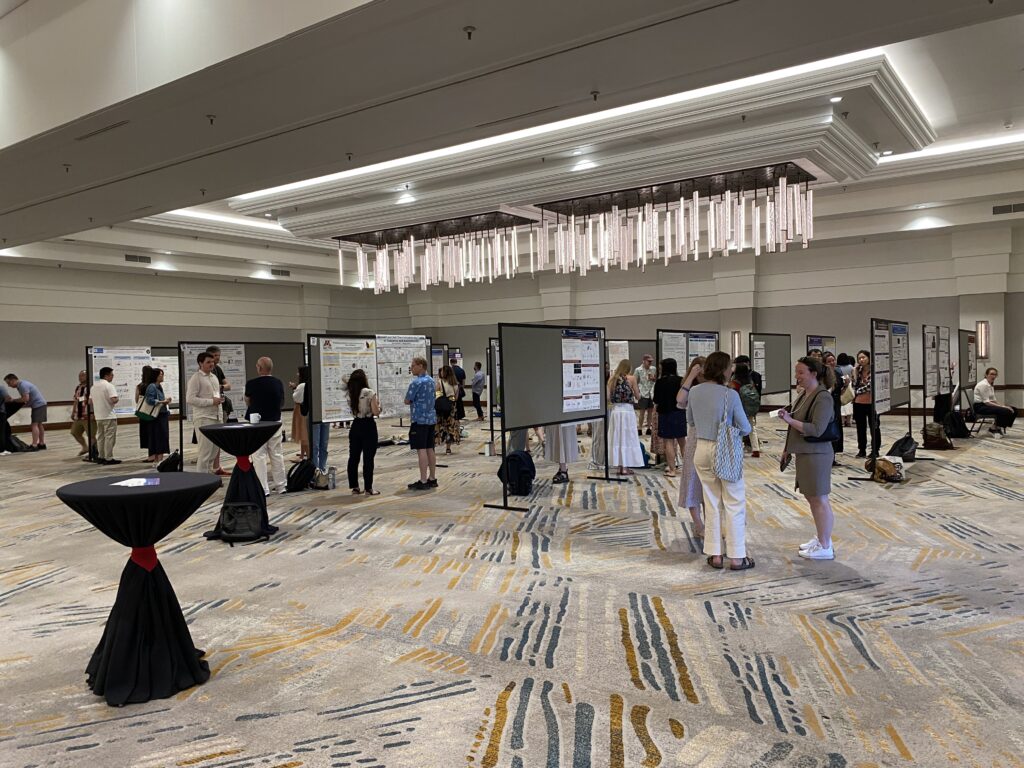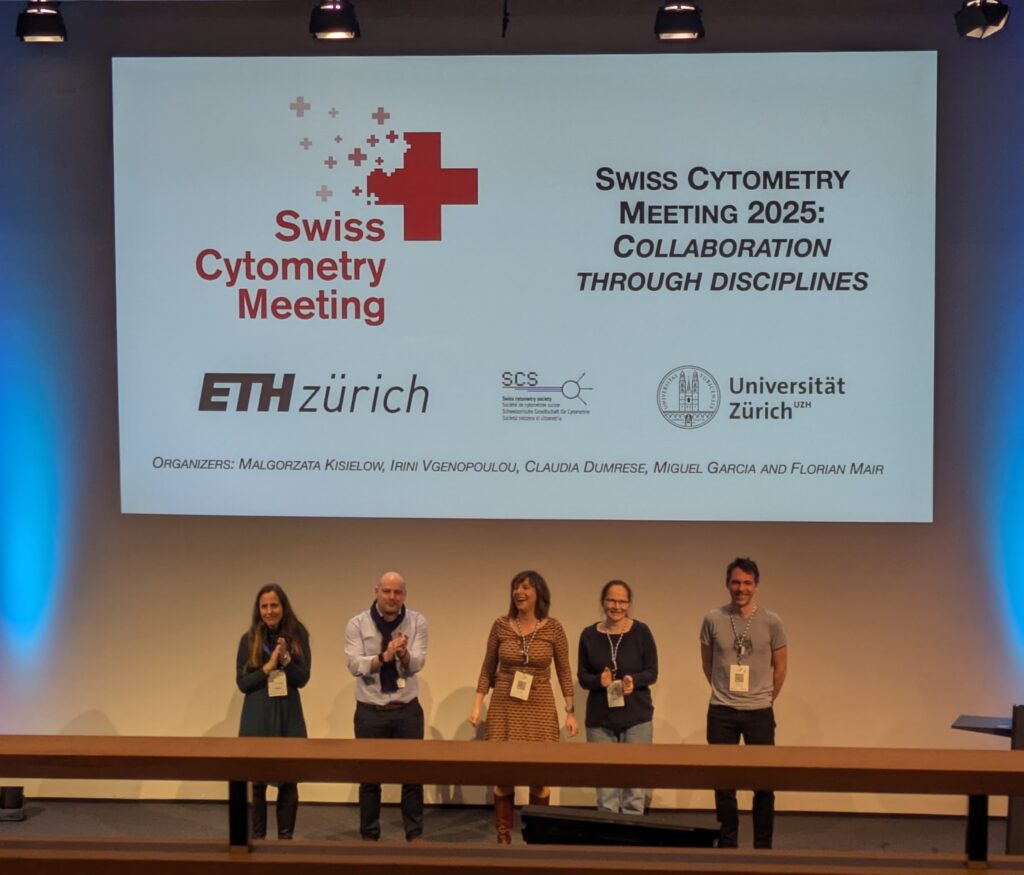Mastering Mouse Intrathymic Injections at LMU Munich
The thymus is essential to our immune system – it’s where T cells develop and undergo selection before entering circulation. Yet despite its importance, many aspects of thymopoiesis, thymic aging, and regeneration remain unclear.
One way to explore these processes more directly is through intrathymic injections. This technique allows scientists to deliver molecules or cells precisely into the thymus. The alternative option is intraperitoneal (i.p) or intravenous (i.v) injections, but these result in only a small fraction of the compound reaching the thymus and they have systemic and off-target side effects. Direct intrathymic delivery ensures localized exposure, enabling more precise functional studies. This technique also enables advanced applications such as the injection of genetically modified thymocytes back into the thymus. For example, thymocytes with altered TCRs, coreceptors, or gene knockouts can be reintroduced to study their development and selection in vivo. Following this, the fate of these cells can even be tracked in peripheral tissues, providing critical insights into their maturation and immune potential
Learning the Technique at LMU Munich
Thanks to the support of the SysAge project, I had the opportunity to undergo hands-on training in mouse intrathymic injections at the laboratory of Prof. Dr. Ludger Klein at the Biomedical Center, Ludwig Maximilian University of Munich. The training took place over two weeks and was a crucial step forward in my PhD research, which focuses on how inflammatory signals impact T-cell development in the thymus.

Because I work with proinflammatory molecules, standard injection methods like IP would cause unwanted tissue responses and indirectly affect the thymus — undermining the very questions I aim to answer. The Klein Lab was the ideal place to learn this refined technique. Unlike protocols that rely on costly imaging equipment to visualize the thymus, their team regularly performs intrathymic injections using standard lab tools — with 90–100% success rates. This made the method not only technically robust but also realistically implementable in our lab, where it has not previously been used.
From Practice to Implementation
During the first stage of training, I practiced injections using a colored dye, which provided immediate feedback on injection accuracy. Injecting too shallowly would result in peritoneal administration, while going too deep could risk hitting the heart. With practice, I developed a consistent hand and learned to identify successful injections by visual confirmation.
Once confident, I progressed to injecting double-negative (DN) thymocytes with counting beads, simulating protocols typically used in studies of migration, lineage commitment, and thymocyte differentiation in vivo. To evaluate the injections, we performed flow cytometry on the thymuses. I also had the opportunity to assist my supervisor in a full experiment, from tissue preparation to flow cytometric staining and analysis, giving me a better understanding of the full workflow.
By the end of the training, I had acquired the skills needed to independently perform intrathymic injections and am now able to bring this knowledge back to my lab — and teach it to others. This will enable our institute to conduct more physiologically relevant in vivo experiments and broaden our capacity to study T-cell development under inflammatory conditions.While intrathymic injection is still relatively uncommon, it’s a powerful technique for thymus research — and now it’s part of our experimental toolkit.





